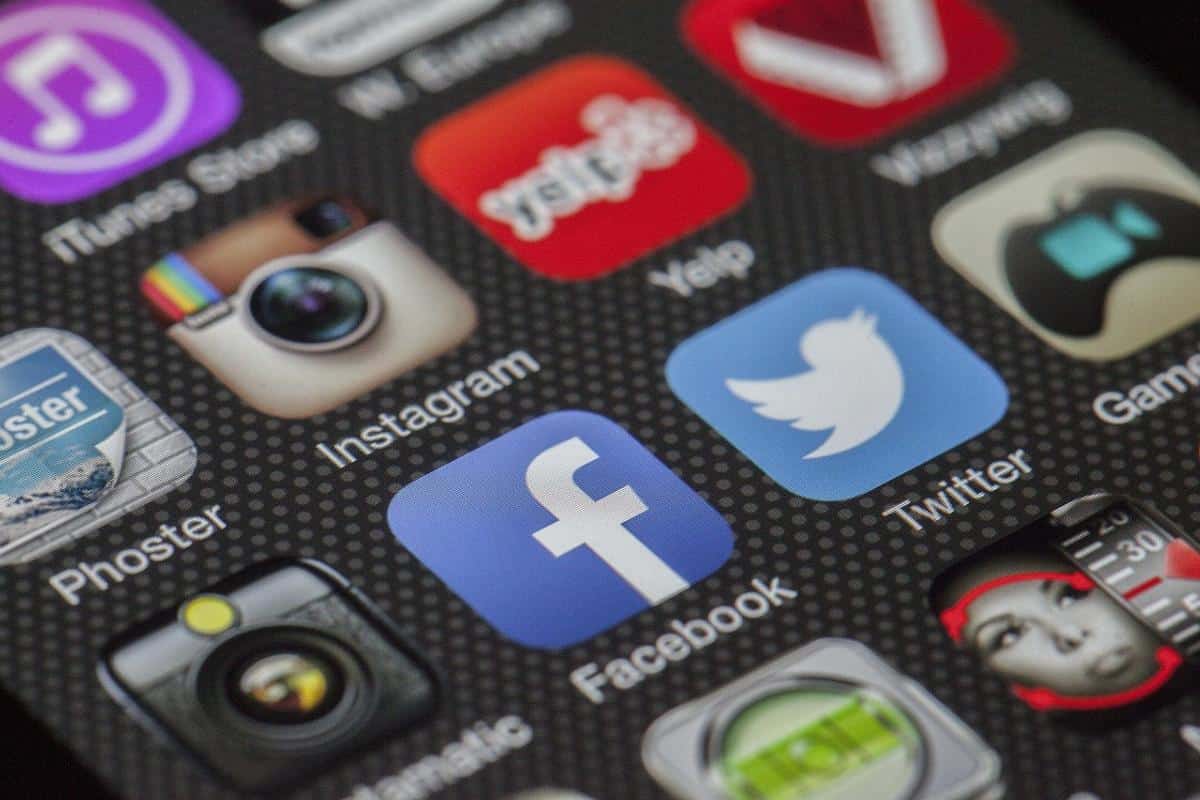Mobile is driving global retail, with 2019 being its most prosperous year to date – with even more growth to come in 2020. And those retailers and brands that are mobile first are reaping the rewards.
So finds mobile data and analytics company App Annie in its The State of Mobile 2020 annual report. In fact, $38.4 billion was spent on Alibaba’s Singles’ Day on mobile in 2019, while £33.1 billion was spent in the US on mobile in November and December.
The study goes on to show that mobile is increasingly vital to omni-channel retail, impacting both online and bricks and mortar stores equally in 2019, with more to come in 2020.
According to the report, mobile not only drives sales, but also drives research, consideration and fulfilment, with many shoppers using mobile not only to buy, but to manage deliveries too.
The report points out that there is a strong correlation between total retail sales – both online and in-store – and time spent in shopping apps. This indicates that not only are consumers turning to mobile to shop, but also that retailers are enhancing mobile experiences to better serve all phases of buying journey – whether a user is browsing, checking out, facilitating a pick up or tracking their purchase.
According to the study, ‘mobile-first’ companies, including Uber and Alibaba, had a combined IPO valuation of $544 billion, six and a half times higher than companies without a mobile focus. Consumers averaged 3 hours and 40 minutes on mobile in 2019, up 35% since 2017 and downloaded 204 billion apps.
Looking ahead, the report suggests that there is more to come in 2020. In Q3 2019, for example says the report, Nike’s digital business grew by 42% – driven by mobile and app experiences. Nike has focused on innovative app features that enhance the in-store experience too, says App Annie in the study, including product reservations and foot scanning tech to give shoppers better fitting shoes and a better experience.
The broader picture
The report looks beyond retail at the wider use of mobile in consumer markets and paints a similarly bright picture.
Mobile is the central nervous system of our connected lives, opines App Annie, citing that, in the US, there were more than 106 million downloads of the top 20 IoT apps in 2019.
Mobile, it says, is set “to be the brain for all devices and screens everywhere – whether streaming Apple TV or Chromecast or controlling the car. The new decade ushers in the next phase of mobile, with smartphones serving as the primary interface through which we interact with the world around us. With major players in the industry working together to create IoT standardization, the industry is primed for growth. By 2025, there will be 25.2 billion connected devices, up 177% since 2018”.
And it is being driven by Gen Z. Gen Z has surpassed Millennials as the largest generation at the end of 2019, comprising some 32% of the global population – and these are the people you need to win over to grow in 2020 and beyond, says the study.
The best way to reach them will be through mobile advertising, which is set to see its biggest year yet in 2020 says the report. Mobile ad spend will reach $240 billion this year.








